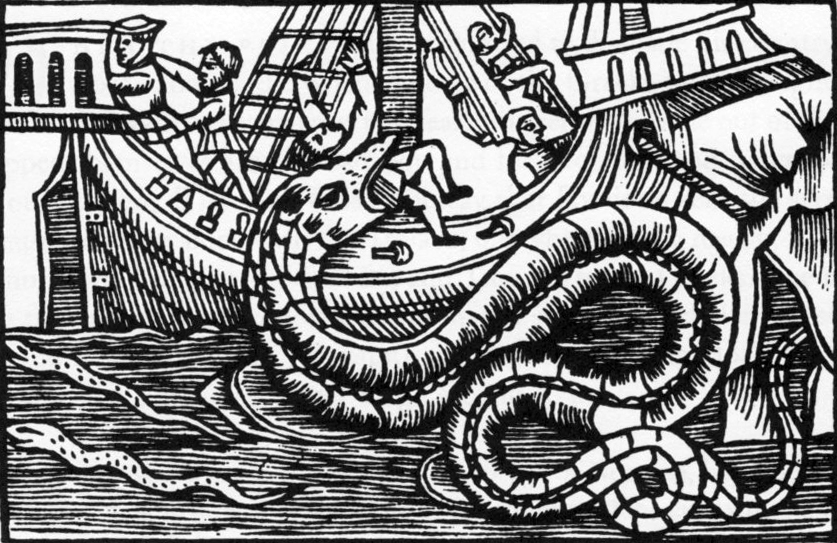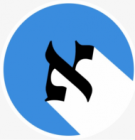
The third chapter of the Book of Genesis tells the story of the sin of the Garden of Eden. It opens with the following words:
“Now the serpent was more crafty than any of the wild animals the LORD God had made…” (Genesis 3:1)
The serpent is one of the most intriguing animals to be found in the Hebrew Bible. According to some Bible commentators, in the story of Adam and Eve, it represents the evil inclination. Those Bible commentators usually based their assumption on the words of the Prophet Isaiah, which includes the serpent within the list of the THREE demonic animals which are mentioned in his prophecy of the end of times:
“In that day, the LORD will punish with his sword, his fierce, great and powerful sword, Leviathan the gliding SERPENT, Leviathan the coiling serpent; he will slay the monster of the sea.” (Isaiah 27:1)
BIBLICAL HEBREW COURSES? Click here!
Having said that, it is important to mention that the serpent can be found in the Hebrew Bible also in ‘positive’ references – or ‘neutral’ at a minimum – such as in the case of the ‘bronze snake’ as can be found in the Book of Numbers:
“The people came to Moses and said, “We sinned when we spoke against the LORD and against you. Pray that the LORD will take the snakes away from us.” So Moses prayed for the people. The LORD said to Moses, “Make a snake and put it up on a pole; anyone who is bitten can
look at it and live.” (Numbers 21:7-9)
What is the connection between the serpent in Genesis and Isaiah to the snake in Numbers, you ask?
Well, both ‘serpent’ and ‘snake’ are called in the original Hebrew ‘Nachash’ {נחש} and that is the origin for the English term ‘Nehushtan.’ {נחושתן}
The association of the ‘Nehushtan’ or simply ‘Nachash’ (as appears in the original Hebrew) with the ability of curing or healing is well represented in our culture. A very good example for that can be seen in the international symbol of medicine – a snake on a pole – which became the official emblem of the alchemists in the 16th century (back then it was considered a part of
the field of medicine). The alchemists took it from the famous Greek mythology symbol which is known in English by the name ‘Herald’s staff’.
Interestingly, in Biblical Hebrew there is a fascinating strong etymological connection between the ‘Nachash’ and supernatural forces. The Biblical Hebrew word for ‘sorcery’ or ‘witchcraft’ is… that’s right…the SAME as the word for ‘SERPENT’ – meaning ‘Nachash’! {נחש}
In Modern Hebrew, the old verb ‘Le-Nachesh’ {לנחש} – which meant ‘to make a witchcraft’ in the Hebrew Bible – changed its original meaning and is used today in the meaning of ‘to guess.’
The reason for this is probably connected to the usage of this verb in the Hebrew Bible in the context of telling the future by fortune tellers. Therefore, it is strongly associated with the concept of ‘guessing’…
